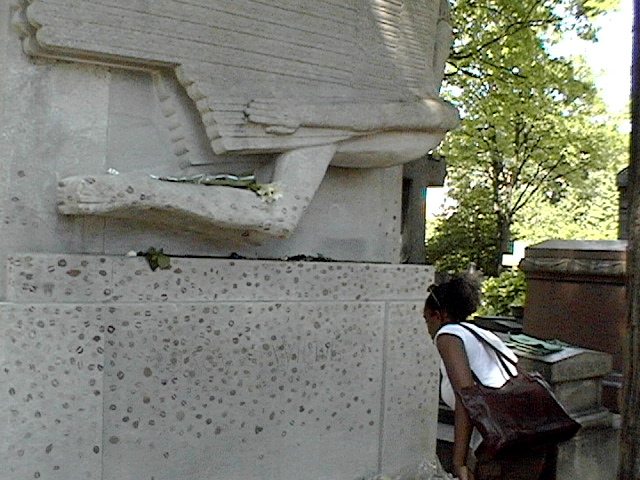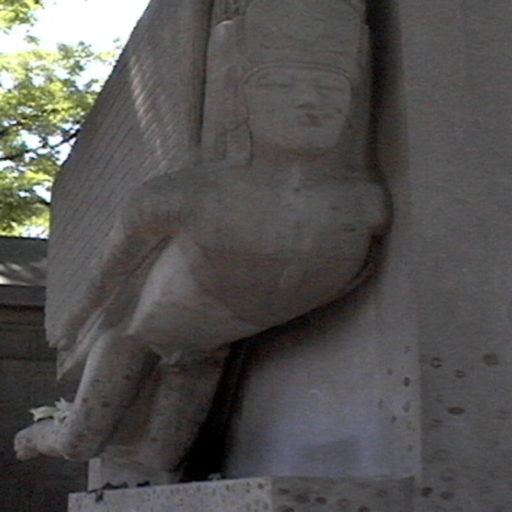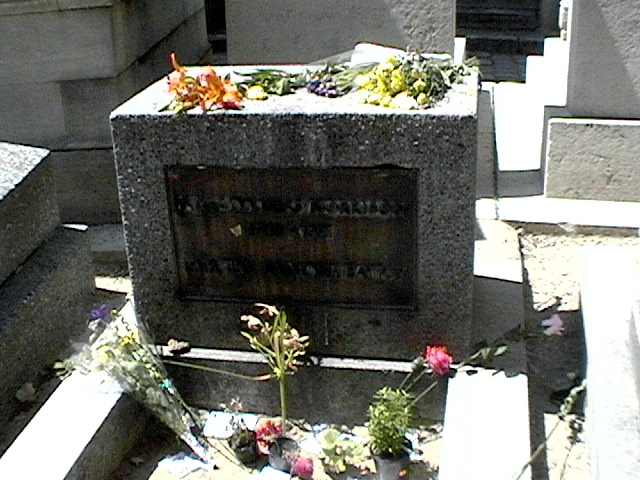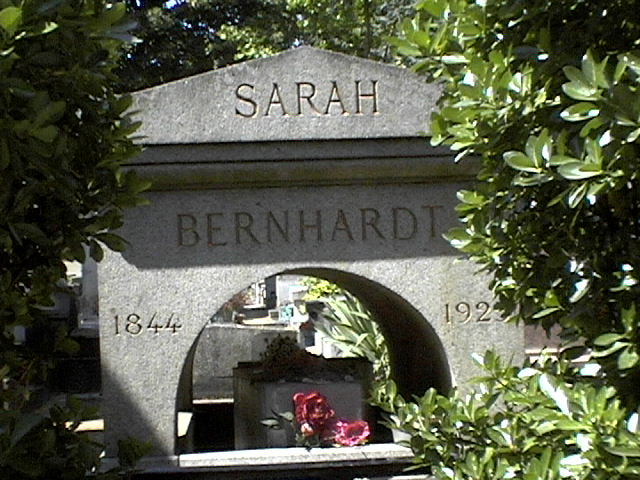While reading “The Harlot’s House,” I was struck by the line “Like strange mechanical grotesques” (7). We discussed the significance of “strange” in Symons’ “The Decadent Movement in Literature” and how the word suggests queerness. It is interesting that Wilde uses strange to describe grotesques because it suggests a fascination with them. While the grotesque is horrifying, it demands a viewer’s attention, like a car crash people cannot look away from. The grotesque brings Frankenstein to mind and Milton’s Paradise Lost as a result. Professor McCrea mentioned Milton’s Satan in our discussion last week and how the most wicked character in the poem is by far the most appealing. This connects to “Phrases and Philosophies for the Use of the Young” where Wilde proposes “Wickedness is a myth invented by good people to account for the curious attractiveness of others” (1244). With that phrase in mind, “The Harlot’s House” is both an examination of prostitution and a deconstruction of the binaries of good and bad. We have talked about how the decadents emphasize style and form over significance, and I think that the word “mechanical” in this line highlights the lack of intentionality of the people dancing in the harlot’s house. They dance like “wire-pulled automatons / slim silhouetted skeletons” (13-14). The dancers are not considering the wickedness of their actions. While they are described as grotesques and skeletons in a poem laden with gothic elements and shadows, the puppeteering element dissolves any sense of agency they may have. There are no moral assignments in the poem, only transient figures and interactions. As the music stops and the figures return into the normal world, there is a sense that anyone could wander into the harlot’s house and back out. It is as if the mechanical grotesques and ghosts walk among us, and returning to Wilde’s philosophy, “good people” are no exception.
Month: January 2022
Thoughts on Helas!
Out of all the poems we read for class today, the one that struck me the most was “Helas!” for its reflection of Wilde as a deeply tortured man and the connection it draws between the artist and his personal life. The line “methinks my life a twice-written scroll” really emphasizes how little control Wilde felt he had over his own life. It is clear that he had a specific image in mind for how he would live his life, but his blueprint was “Scrawled over on some boyish holiday” by circumstances outside his control. This sentiment seems to apply prophetically well to Wilde, as his life disintegrated due to his imprisonment and subsequent depression. The lines “I did but touch the honey of romance/And must I lose a soul’s inheritance?” seem to reflect Wilde’s exasperation that indulging his romantic desires would, in the eyes of society and the church, cost him dearly. I also believe that this poem can be interpreted to pertain to more than just Wilde specifically, as it would seem that it expresses the feelings of the Decadent movement as a whole; many of the writers during the time period must have felt the pressure to be different from writers past, but also realize the danger that is inherent with working against the societal norms of the time. Though Wilde and the Decadents as a whole faced far different risks, they are connected in that they both went against the norm. I feel that Wilde’s poetry is generally better when he focuses on internal subjects, such as the mind or soul, rather than observing the world around him. Though there is certainly worth to be found in each of his poems, regardless of the subject matter, it seems to me that the poems that reflect his personality the most tend to be the strongest and most emotionally moving.
Paris, 2003
When I visited Paris in 2003, I went to Père Lachaise Cemetery because it was the thing to do. But while there, I did manage to see something memorable. I was able to see Wilde’s tomb before a glass barrier had been put up around it to protect the stone of the tomb.

Apparently, the practice had started in the late 1990s. One person decided to leave a kiss for the lover of beauty and art, and by the time I visited so many visitors had left red, lip-sticked kisses in Wilde’s honor, eve a plaque asking visitors to respect the tomb instead of defacing it were ignored.
Wilde died in Paris, not only as an outcaste of his former life—he never saw his children or wife again—but he also died bankrupt. At the time of his death, Wilde received sixth-class burial at Bagneux, outside the city. Years later, and thanks to the efforts of his faithful friend—and former lover—Robert Ross managed to turn the state of Wilde’s estate around and purchase a burial plot “in perpetuity” at Père Lachaise for Wilde.

In 1914, the statue we now see was unveiled. Commissioned a year after the plot had been purchased, Jacob Epstein sculpted a flying naked angel inspired by the British Museum’s Assyrian figures. The angel’s genitals were hacked off and stolen in the early 1960s, the first instance of Wilde’s tomb being vandalized.

A number of famous people are buried at Père Lachaise. I managed to stumble on Sarah Bernhardt’s grave site and Jim Morrisson’s, which was also vandalized and littered with marijuana and marijuana paraphernalia. Other famous people buried include Molière, Eugène Delacroix, Frédéric Chopin, Honoré de Balzac, Marcel Proust, Georges Seurat, Gertrude Stein, Edith Piaf, Marcel Marceau, and Richard Wright.

On Oscar Wilde’s 111th death anniversary, French authorities revealed a barrier that had been put around the tomb. The goal was of course to prevent future mourners from kissing/defacing/further damaging Wilde’s tomb. At the time of the unveiling, Merlin Holland—Wilde’s grandson— did acknowledge that, while the barrier was designed to be an unobtrusive and aesthetic deterrent, he stated that “some determined kissers will no doubt try to find ways of kissing the upper extremities.”